Root tubes for seedlings and when to pot up etc.
birdinthepalm
17 years ago
Related Stories

GARDENING GUIDESSeeds or Seedlings? How to Get Your Garden Started
Growing delicious herbs and vegetables starts with knowing your goals and when you want to plant
Full Story
CONTAINER GARDENSContainer Garden Basics: How and When to Water Potted Plants
Confused about soil moisture, the best time to water and what watering device to use? This guide can help
Full Story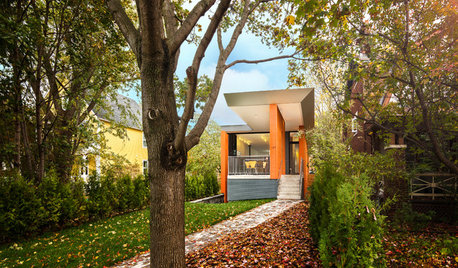
MODERN HOMESHouzz Tour: A Modern Home Rooted in Its Place
It's partially buried in the earth, but with a cantilevered roof and strong colors, this Ottawa home is anything but shy
Full Story
ARCHITECTURERoots of Style: Where Did Your House Get Its Look?
Explore the role of architectural fashions in current designs through 5 home styles that bridge past and present
Full Story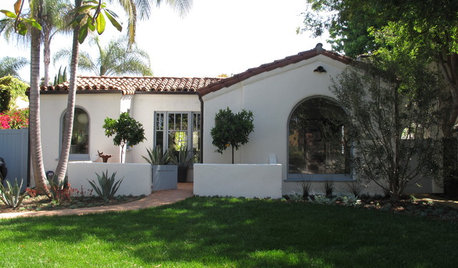
ARCHITECTURERoots of Style: Many Cultures Make Their Marks on Mediterranean Design
If you live in California, Florida or certain other parts of the U.S., your architecture may show distinct cultural influences
Full Story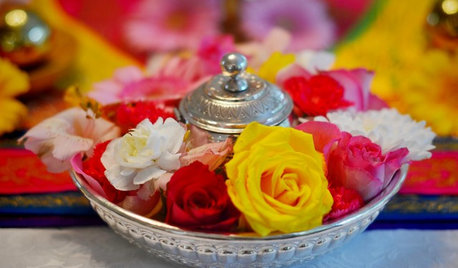
FEEL-GOOD HOMERejuvenate Your Home With Deep-Rooted Traditions
Give the subtle energies and spiritual side of your home some attention, and watch newfound calm and beauty blossom
Full Story
DECORATING STYLESWhen Your Style Evolves: Key Pieces for New Looks
Whether you're tired of traditional or meandering from modern, we help you make the decor transition smoothly
Full Story
HOUSEKEEPINGWhen You Need Real Housekeeping Help
Which is scarier, Lifetime's 'Devious Maids' show or that area behind the toilet? If the toilet wins, you'll need these tips
Full Story
KITCHEN DESIGN9 Questions to Ask When Planning a Kitchen Pantry
Avoid blunders and get the storage space and layout you need by asking these questions before you begin
Full Story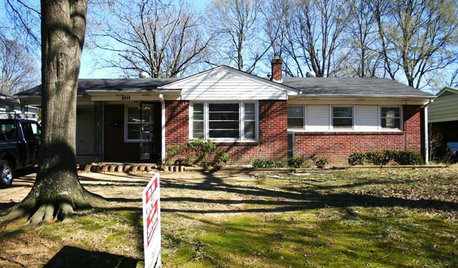
REMODELING GUIDES5 Ways to Protect Yourself When Buying a Fixer-Upper
Hidden hazards can derail your dream of scoring a great deal. Before you plunk down any cash, sit down with this
Full StoryMore Discussions




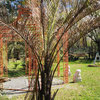
florida_wannabe
birdinthepalmOriginal Author
Related Discussions
Potting up seedlings- what to use?
Q
Advice needed on when to pot up onion seedlings
Q
When should I pot up seedlings?
Q
When to cut seedling tap root?
Q
dbrya1
birdinthepalmOriginal Author
dbrya1
jrod
dbrya1
jrod
jrod
birdinthepalmOriginal Author
dbrya1
jrod
dbrya1
birdinthepalmOriginal Author
dbrya1
jrod
dbrya1
jrod
birdinthepalmOriginal Author
topher2006
jrod
birdinthepalmOriginal Author
jrod
birdinthepalmOriginal Author
topher2006
jrod
birdinthepalmOriginal Author